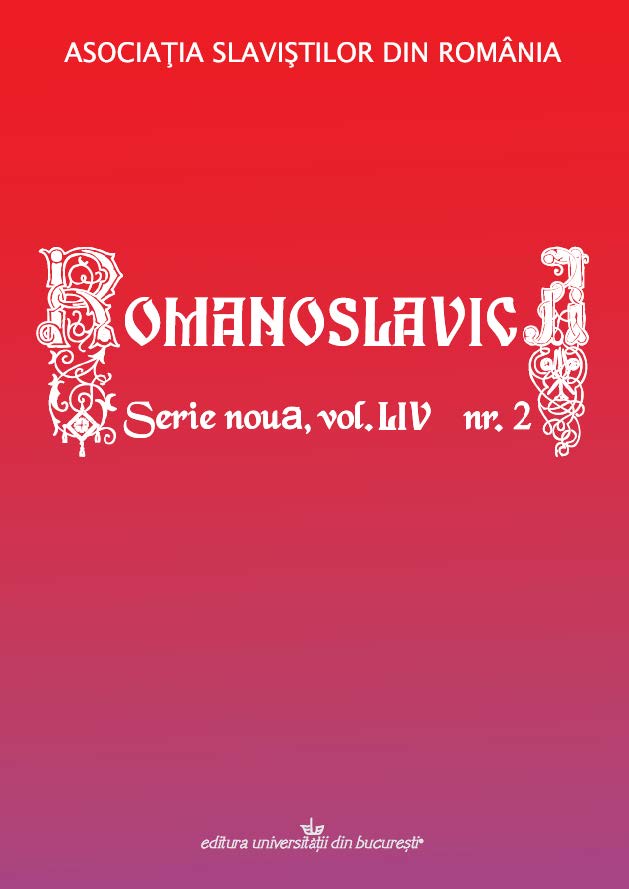Caricatura și comicul: cadrele teoretice ale unui posibil discurs despre discurs
The Caricature and the Comic: theoretical frameworks of a possible discourse about discourse
Author(s): Cerasela TănaseSubject(s): Language and Literature Studies, Philology
Published by: Editura Universităţii din Bucureşti
Keywords: political caricature; comic; discourse; humour; laughter; mass media; the Other;
Summary/Abstract: The purpose of this paper is to build a theoretical framework for the analysis of political caricature from the point of view of anthropology of visual communication. We are interested in political caricature as a media product, as a medium through which images of the Other, and images of the Enemy during times of war or social-political crisis respectively, are created and communicated. We are interested in the way in which caricature integrates the comic and uses its rhetorical resources to achieve its purpose: ridiculing and therefore destroying the Other through comic discourse which causes laughter. We started from H. Bergon’s theory of laughter as a social phenomenon, which has a social function: to correct. We emphasize this way the double valency of laughter, which contributes though its social meaning to the solidarity of the community, and at the same time leads to exclusion of the Other, which does not share the same moral and social values. This is actually the main reason why caricatures are used as means for propaganda during times of national and political crisis (in our case the Balcan Wars and World War I), as political weapons for projecting a negative image of the Other and transforming him into an Enemy (with all its variations: aggressor, murderer, rapist, etc.). This game of caricature is possible due to a common code among the Transmitter and the Receiver of the message, that shared knowlegde (savoir partagé) between the two participants to the act of communication – common beliefs, values, ideologies, value judgements. Here the contribution of anthropologist E. Smadja is particularly useful, who shows the “laughable-laughter” phenomenon as a communication system, for which one can study the support, the space-time framework, the transmitter and receiver, etc. On the other hand, “reading” the image of caricature as a media speech imposes its integration into a “production-distribution-production” circuit, in which nothing is random (S.Hall). Analyzed in this way, we consider that the caricature discourse is a complex source for the analysis of images of the Other and at the same time of the image of the one who produced it.
Journal: Romanoslavica
- Issue Year: LIV/2018
- Issue No: 2
- Page Range: 87-96
- Page Count: 10
- Language: Romanian

